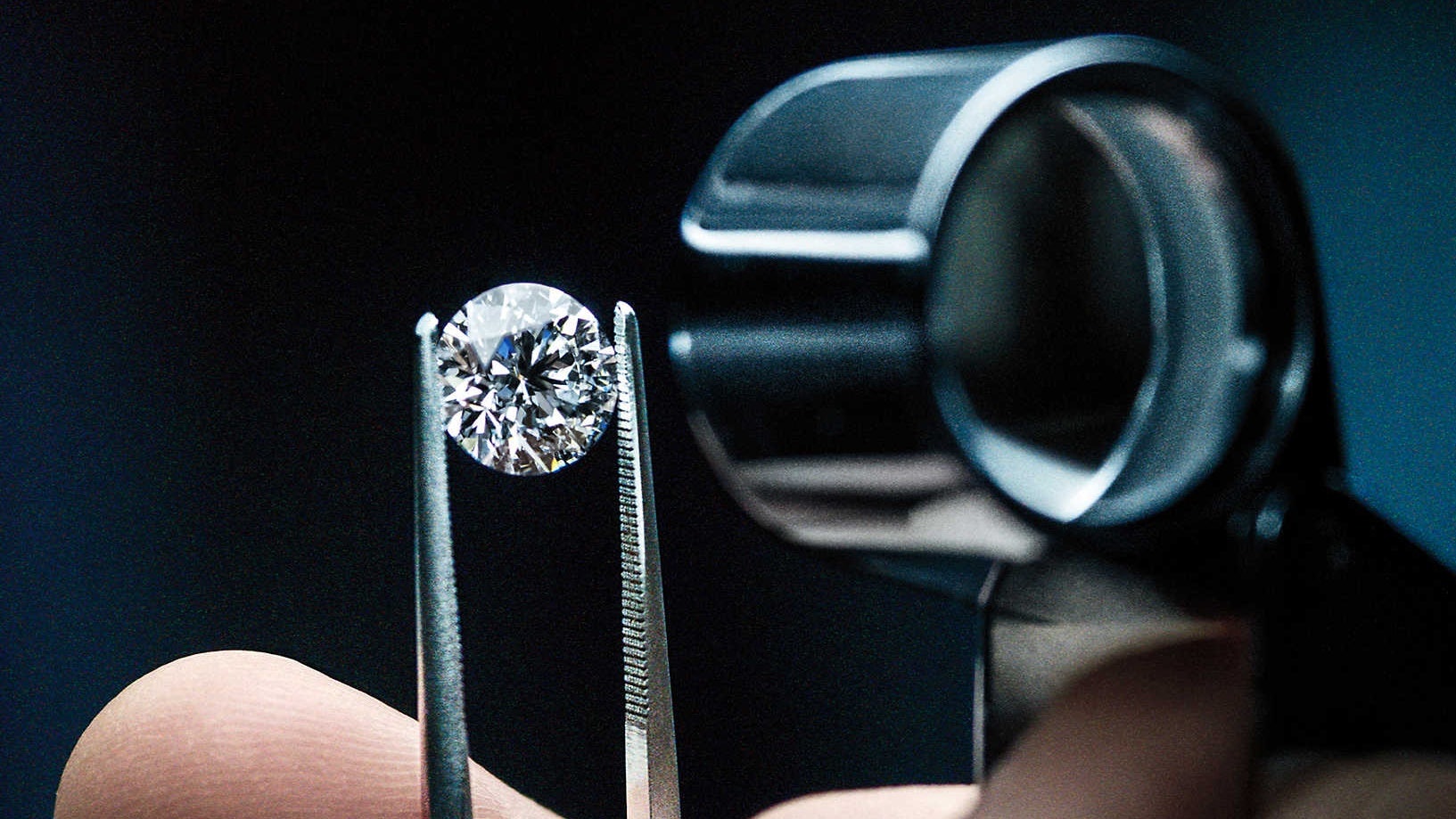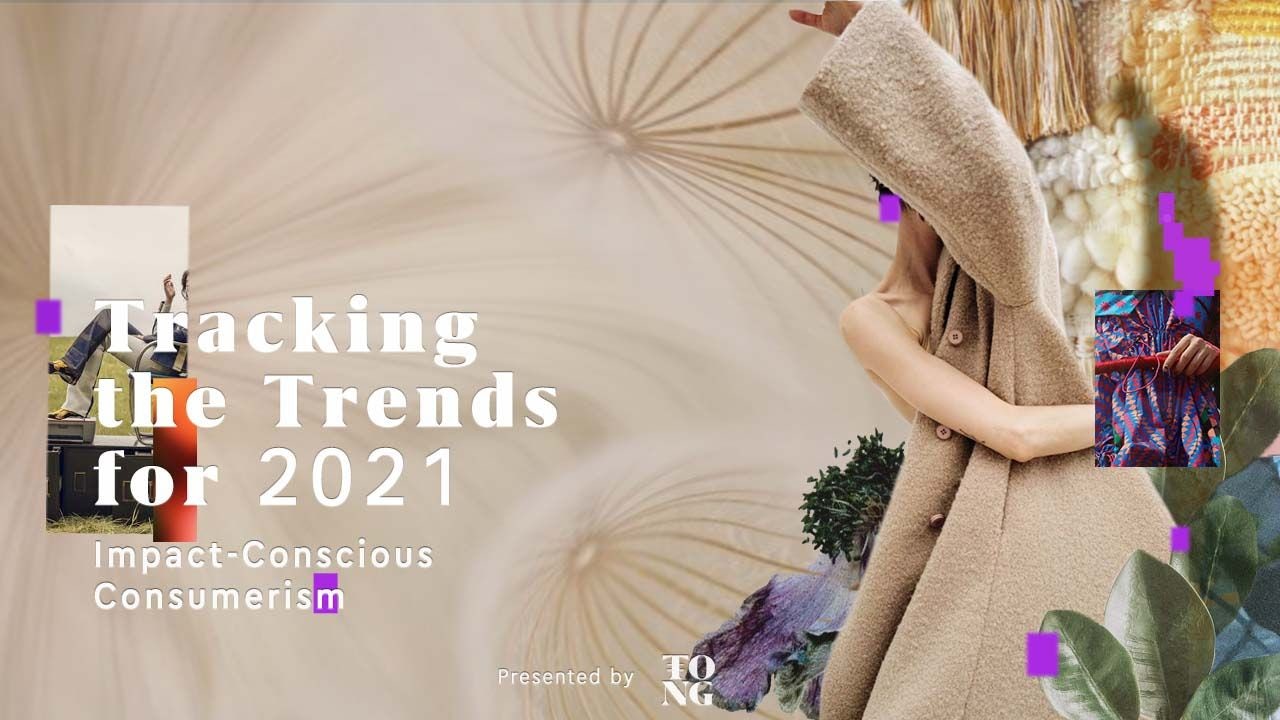Key Takeaways:#
American consumers have started to adopt lab-grown diamonds and there are reasons to believe the trend will pick up in China eventually.
Never say never, even premium European luxury brands could eventually use a combination of exceptional mined stoned and lab-grown diamonds in their assortment.
While “faux fur” and “vegan leather” are often more difficult to support from a sustainability point of view, lab-grown diamonds could be destined for a brighter future.
Protecting your wallet… and also the planet#
First things first, while consumers worldwide are not getting married as much or are getting married later, the traditional use of diamonds will be under pressure, as traditional bridal products come across as sexist and outdated to a younger generation.
Mined diamonds have many advantages though, don’t get me wrong. First, given the tremendous cost deflation in lab-grown diamonds, you might want a diamond ring to hold some value over time. If you purchase a USD20k ring with a lab-grown diamond and the industry proves to be a race to the bottom in terms of prices, how will you feel about that same ring being worth half the price the following year? Second, flawless has no charm: your knowing that all-natural diamonds are one of a kind while fabricated diamonds are flawless is not great from a marketing point of view. Presumably, you would like your stone to be unique.
Finally, environmental and social issues are not as simple as you would imagine. The Diamond Foundry got a lot of press coverage because its diamonds are made 100 percent in the US. It also counts actor Leonardo DiCaprio as an investor (he starred in Blood Diamond, the 2006 film that shed some light on the disturbing history of mines in Africa but is also an environmentalist) and it claims to be ethical and carbon neutral, but the only way it manages that is by purchasing solar credits. The reality, however, is that they produce very little relative to the biggest producers of lab-grown diamonds in India which use electricity often derived from coal mines, increasing greenhouse gas emissions. And one could argue, rightly, that traditional mining often supports entire communities.
There are however three big reasons lab-grown diamonds have had some traction:
- First, they don’t lead to deforestation or soil erosion and are unlikely to come from countries that are in conflict zones. Traceability and transparency have become key for young American and Chinese cohorts.
- Second, the flawlessness of the product makes it incredibly versatile.
- Third — and some cynics might say most importantly — for a cost-conscious consumer, prices have fallen dramatically with volumes boosted by industrial use, but also the entrance of De Beers in the market in 2018 via its Oregon-based Lightbox production site.
Research from MVI Marketing indicates the percentage of consumers willing to buy an engagement ring with lab-grown diamonds rose from 55 percent in 2016 to 70 percent in 2018 in the US. Now, with the recent announcement that Paris-based lab-grown luxury jeweler Courbet will enter the Chinese market with the backing of Chanel as a shareholder, it is likely many will start to become less dismissive of the market’s potential.
Three types of brands#
The jewelry sector will have to wait until prices of lab-grown diamonds stabilize. When that happens, I think the brands will split into three categories:
Luxury#
brands are likely to stick to mined diamonds because of consumers’ perception of uniqueness and belief that the product will hold its value. I think the real differentiator for the luxury brands will be in trust and notably, traceability of stones, an area in which Tiffany clearly has an edge. In 2018, the brand announced it would start to share the provenance of all newly sourced, individually registered diamonds it sells as part of its Diamond Source Initiative. Lab-grown diamonds could be used by luxury brands for watches or the smaller stones in rings for which the main diamond is mined, but I do not believe top brands will stop using mined diamonds soon. The idea of proposing to your girlfriend with a lab-grown Cartier diamond as a sign of enduring love sounds kind of awkward and, to be blunt, unromantic.
“
Bridge#
” brands or costume jewelry, such as Swarovski, Pandora, or APM Monaco, could move to using lab-grown diamonds and other artificial stones such as rubies, emeralds, and sapphires to increase their value-for-money propositions. These brands cater to a consumer more driven by fun, colorful, interchangeable products. In June 2018, actress Penélope Cruz launched the first sustainable jewelry range at Swarovski, a capsule collection of thirteen pieces with a claim on using “responsibly sourced materials,” including fair-trade gold and “created” diamonds and gemstones such as rubies and sapphires. JCPenney and Macy’s have their own bridal collections with lab-grown diamonds.
Finally, we will likely see the emergence of
new brands#
, pure plays offering lab-grown diamond products at the low and high end. Courbet set up Place Vendôme, the birthplace of all Parisian luxury jewelers. Lark & Berry was launched at the same time with a design self-described as “conversational, modern, and offbeat,” and another cultured diamond brand appeared in late 2018 called Kimaï. Expect many others to appear shortly.
Faux fur products are mostly made of modacrylic (AKA plastic) so the pitch isn’t that easy. There is no such thing as “vegan leather” given very few producers do not use plastic, MycoWorks being a rare exception. Lab-grown diamonds may be seen as fake but have genuine attributes and, for me, potential. Stay tuned.
Erwan Rambourg has been a top-ranked analyst covering the luxury and sporting goods sectors. After eight years as a Marketing Manager in the luxury industry, notably for LVMH and Richemont, he is now a Managing Director and Global Head of Consumer & Retail equity research. He is also the author of Future Luxe: What’s Ahead for the Business of Luxury (2020) and The Bling Dynasty: Why the Reign of Chinese Luxury Shoppers Has Only Just Begun (2014).

